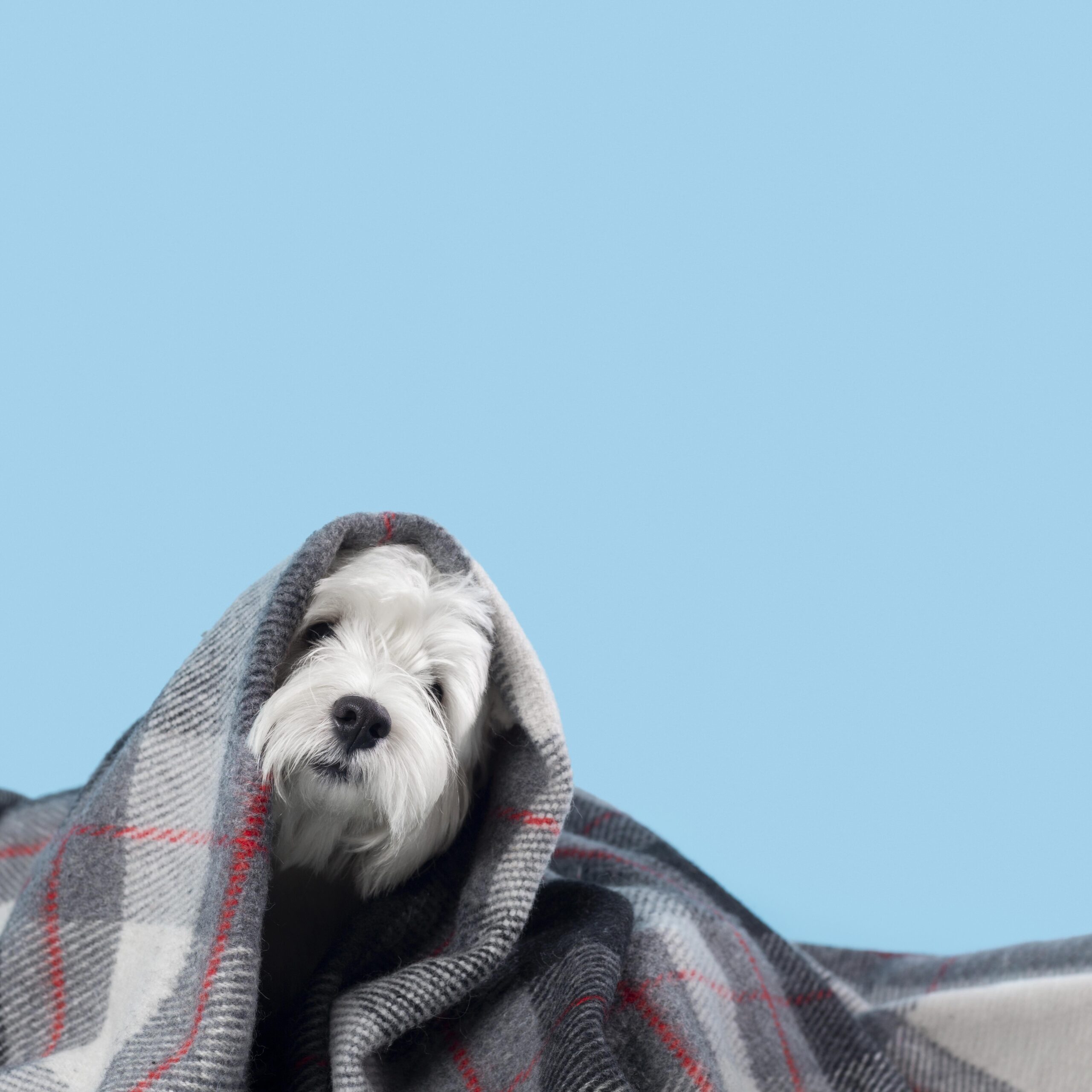Shielding Your Furry Friend: Essential Tips for Protecting Pets from Colds

Just like humans, pets can also catch colds and experience discomfort. By understanding the signs, taking preventive measures, and providing proper care, you can ensure your pet’s well-being. Join us as we delve into the world of pets and colds and discover practical tips to keep them safe and cozy.
Learn about the common cold in pets and how it can affect them:
- Can Pets Get Colds? Explore the concept of pets catching colds, including dogs, cats, and other common household pets.
- Symptoms to Watch For: Familiarise yourself with the signs of a cold in pets, such as sneezing, coughing, nasal congestion, watery eyes, lethargy, and loss of appetite.
Discover practical steps you can take to minimise the risk of your pet catching a cold:
- Vaccination: Ensure your pet is up to date with their vaccinations, as this can help strengthen their immune system and protect against certain viruses.
- Hygiene Practices: Practice good hygiene by washing your hands before and after interacting with your pet. This reduces the transmission of bacteria and viruses.
- Avoid Exposure to Sick Animals: Minimise your pet’s contact with other animals showing signs of illness to reduce the chances of transmission.
- Indoor Comfort: During colder seasons, provide your pet with a warm and cozy environment indoors, away from drafts and cold temperatures.
Learn how to provide care and support to your pet if they catch a cold:
- Veterinary Consultation: If your pet shows signs of a cold, consult your veterinarian for a proper diagnosis and guidance on treatment options.
- Rest and Comfort: Ensure your pet gets plenty of rest to aid in their recovery. Create a comfortable space for them to relax and sleep.
- Adequate Hydration and Nutrition: Offer fresh water and nutritious food to support your pet’s immune system and help them regain their strength.
- Medication and Treatment: Follow your veterinarian’s instructions regarding any prescribed medication or treatment to alleviate your pet’s symptoms and aid in recovery.
Additional tips to keep your pet safe and comfortable during the colder seasons:
- Protect from Extreme Cold: When taking your pet outside, especially in harsh weather conditions, consider using pet jackets or sweaters to provide extra warmth and protect them from the cold.
- Grooming and Paw Care: Regularly groom your pet to keep their coat clean and free from mats. Additionally, wipe their paws after walks to remove any ice, snow, or harmful substances they may have come in contact with.
- Indoor Exercise and Enrichment: Engage your pet in indoor activities and playtime to ensure they get enough exercise and mental stimulation, especially when outdoor activities are limited.
By understanding the risks, practising preventive measures, and providing proper care, you can help keep your pet safe and comfortable during the colder seasons. Remember to monitor their health, seek veterinary guidance when needed, and create a warm and cozy environment for them. With your love and care, you can ensure that your furry companion stays healthy and happy throughout the year.
